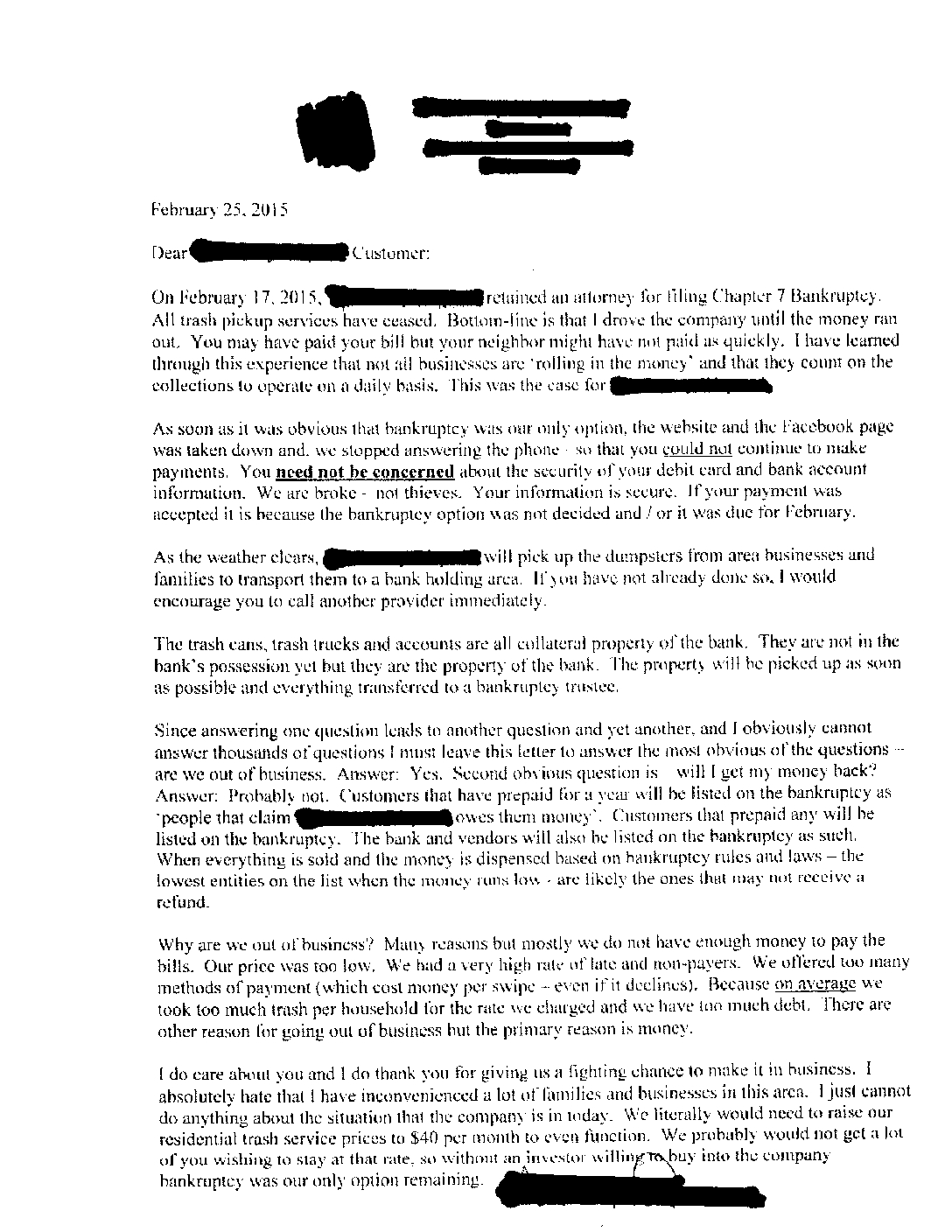
WasteExpo is happening next week in Las Vegas, NV. This annual gathering of waste professionals from across the world always provides a great time to get away and get a new perspective on our industry.
But many will say their biggest purpose in going to Vegas is the partying. After all, “What Happens in Vegas, stays in Vegas”, right? While having fun is certainly important, the value you go home with is much greater than winning (?) at the craps table.
I attended my first WasteExpo in 1968 (I was very young), and I still walk around the show floor in amazement at the shiny trucks like I did so long ago. But, I now have a whole different perspective when I realize the cost of these glittering works of art, and the complexity involved in getting materials picked up at the curb and recycled, landfilled or incinerated.
Besides the lights, the give-aways, the food and drink, here are few things to consider as you spend time at WasteExpo:
Visit with vendors. An obvious one. Ask questions. Open your mind to new ways of doing things. Don’t be blindly loyal to just one make or model of truck, compactor or container, but weigh carefully the advantages offered by the alternatives.
Visit the big company’s booths. Talk to them, ask questions, get some insight in the way they do business. Who knows, you may get invited to their private parties! I remember seeing the Doobie Brothers and REO Speedwagon at WasteExpo in years past!
Visit with old friends. Look for the folks you’ve passed along the way in your career. See what they are up to. Grab a drink and learn something new. Seek out your competitors and get to know them on an entirely different level. Today’s competitors can become tomorrow’s friends!
Make new friends. Don’t be bashful! Introduce yourself to people looking at the same products you are. Ask questions about their business, you may find some great ideas from someone across the state or across the country facing the same challenges you are.
Take in a conference session or two, or ten! It may be hard to sit inside a building all day while its sunny and warm outside, learning about the latest trends in the industry, the newest technology, the best way to manage employees, these are all topics you will hear discussed. Get the most of your investment by hearing from some of the best minds in the industry.
So, if you come for the gambling, OK. But you can leave a winner if you have a plan and organize your time and attend WasteExpo in an intentional manner. And make sure, What Happens in Vegas DOESN’T Stay in Vegas! Bring home some solid ideas to improve your business!


